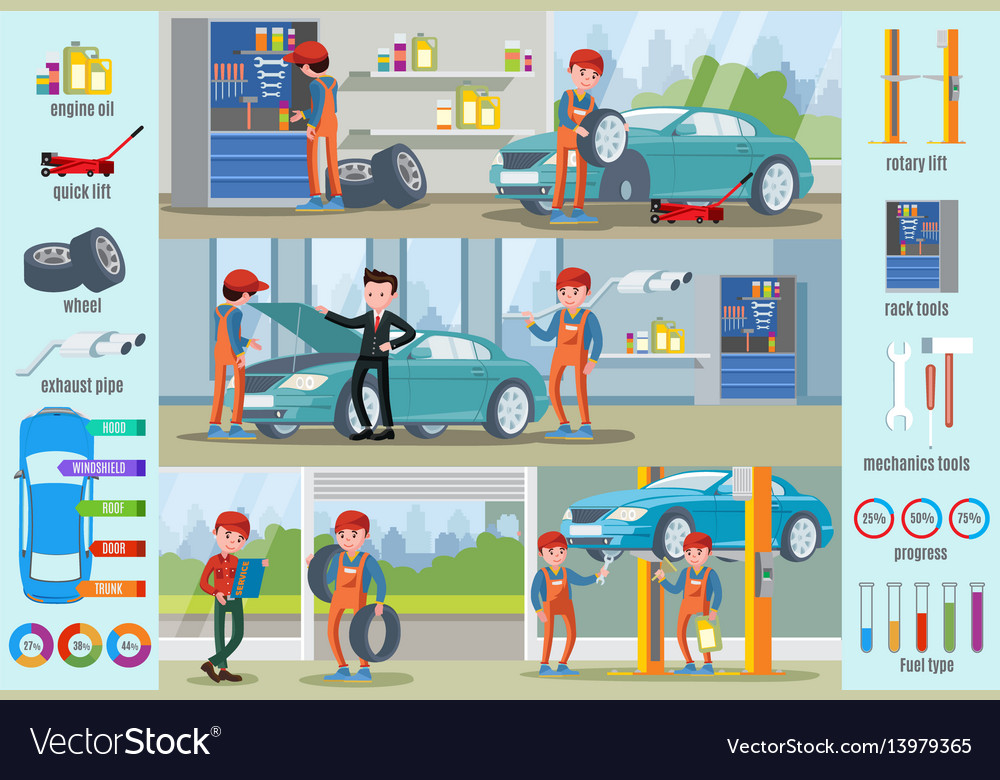Analyzing Your Car'S Warning Indicators: What They Truly Share
Analyzing Your Car'S Warning Indicators: What They Truly Share
Blog Article
Write-Up Composed By-Higgins Gilbert
When you're behind the wheel, those beautiful caution lights on your dashboard can be a little bit puzzling. Do you understand what they're attempting to tell you about your automobile's health? Recognizing the relevance of these lights is crucial for your safety and security and the long life of your car. So, the following time among those lights appears, would not you wish to decode its message precisely and take the necessary steps to resolve it?
Common Warning Lighting and Interpretations
Identify typical caution lights in your automobile and recognize their significances to ensure secure driving.
https://beckettkfatn.blue-blogs.com/37038560/key-referrals-top-10-tips-for-recognizing-the-most-effective-auto-service-center-in-your-region of the most typical warning lights include the check engine light, which signifies issues with the engine or discharges system. If this light begins, it's crucial to have your car checked quickly.
The oil pressure advising light indicates low oil pressure, requiring instant attention to prevent engine damages.
A blinking battery light may suggest a malfunctioning billing system, possibly leaving you stranded if not addressed.
The tire stress surveillance system (TPMS) light alerts you to reduced tire stress, influencing lorry security and gas efficiency. Overlooking this might result in dangerous driving problems.
The abdominal muscle light suggests an issue with the anti-lock braking system, endangering your ability to quit quickly in emergencies.
Finally, the coolant temperature advising light warns of engine overheating, which can lead to extreme damages otherwise settled promptly.
Comprehending these common warning lights will certainly aid you attend to concerns immediately and keep risk-free driving problems.
Importance of Prompt Interest
Understanding the common caution lights in your car is just the very first step; the significance of immediately addressing these warnings can not be highlighted enough to guarantee your safety and security when driving.
When a caution light brightens on your dashboard, it's your automobile's way of communicating a prospective concern that needs interest. Overlooking these warnings can cause more extreme troubles in the future, compromising your security and possibly costing you much more in repairs.
Prompt attention to warning lights can prevent breakdowns and crashes. As an example, a blinking check engine light could show a misfire that, if left unattended, might trigger damage to the catalytic converter. Resolving this immediately can conserve you from a costly fixing.
In a similar way, a brake system alerting light may indicate low brake liquid or worn brake pads, important parts for your safety and security when driving.
Do It Yourself Troubleshooting Tips
If you see a warning light on your control panel, there are a couple of DIY troubleshooting suggestions you can attempt prior to seeking professional aid.
The very first step is to consult your automobile's handbook to recognize what the certain warning light shows. Occasionally the problem can be as easy as a loosened gas cap causing the check engine light. Tightening automotivechemicalwashnz might settle the issue.
howick club is a low battery, which can trigger numerous alerting lights. Examining the battery connections for deterioration and ensuring they're protected might repair the trouble.
If a caution light continues, you can try resetting it by disconnecting the car's battery for a few mins and afterwards reconnecting it. In addition, inspecting your lorry's liquid degrees, such as oil, coolant, and brake fluid, can assist fix warning lights connected to these systems.
Conclusion
In conclusion, understanding your car's warning lights is vital for keeping your automobile running smoothly and safely. By promptly attending to these alerts and knowing what they indicate, you can avoid expensive repair services and prospective failures.
Remember to consult your cars and truck's manual for specific information on each alerting light and do something about it as necessary to ensure a hassle-free driving experience.
Stay informed, remain secure when driving!
